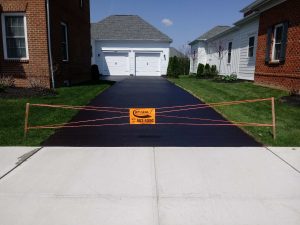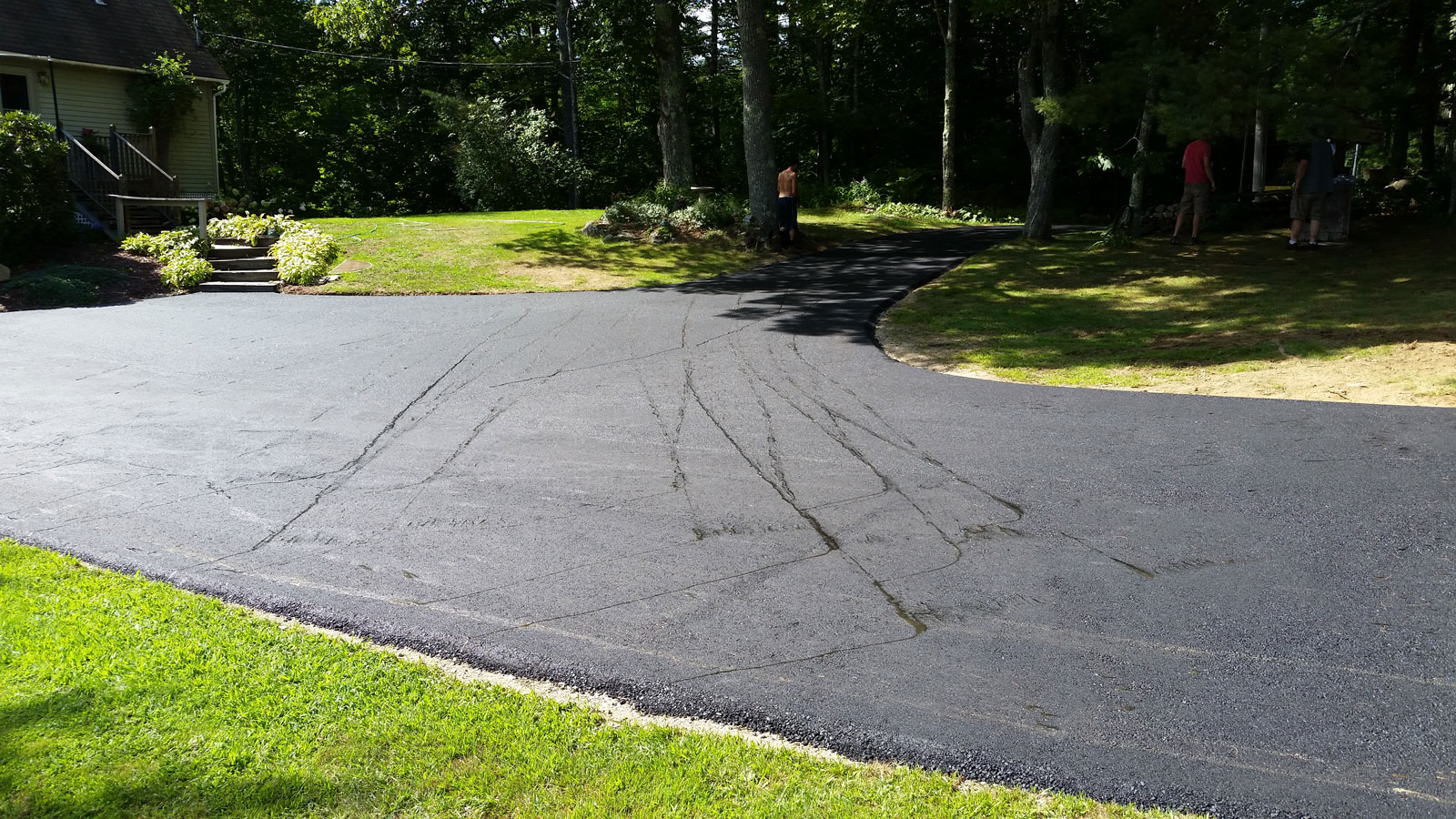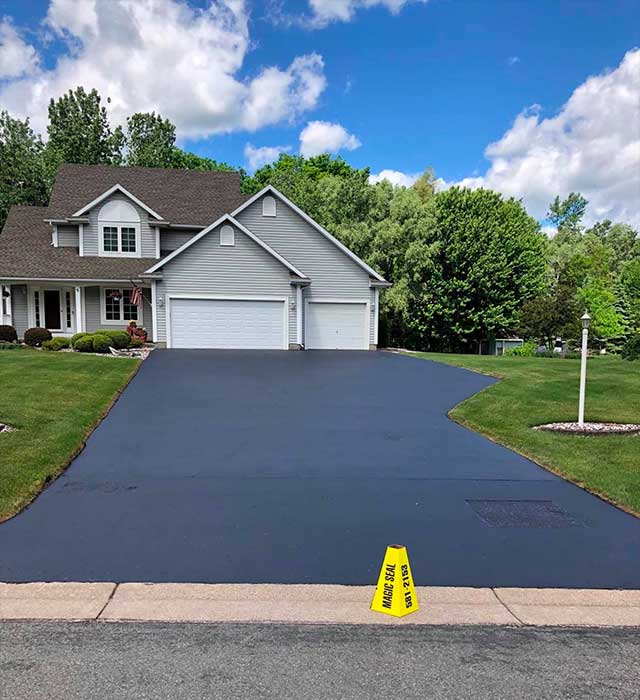Resilient Results: Asphalt Patch Repair Through Precision Sealing
Wiki Article
The Future of Roadway Building: Cold Mix Asphalt Innovations
In the realm of roadway building, the development of chilly mix asphalt innovations holds considerable pledge for improving framework development. As the demand for sustainable options proceeds to grow, the assimilation of these innovations offers a glimpse into a future where roadways are not just pathways but likewise contributors to environmental conservation and effectiveness. The possibility for boosted toughness, cost-effectiveness, and performance raises appealing questions about just how these advancements may redefine the landscape of transport infrastructure.
Sustainable Benefits of Cold Mix Asphalt
Cold mix asphalt supplies a lasting solution for road construction jobs due to its ecologically friendly buildings and expanded longevity. Unlike conventional hot mix asphalt, cool mix asphalt does not call for high temperatures throughout the mixing procedure, resulting in dramatically reduced energy usage and reduced greenhouse gas emissions (angle parking). This makes chilly mix asphalt a much more green option for roadway building and construction jobs, aligning with international initiatives to lower carbon footprints and battle environment adjustmentAlong with its ecological advantages, chilly mix asphalt is additionally advantageous in terms of source conservation. The production of cold mix asphalt takes in much less energy and fuel contrasted to warm mix asphalt, making it a much more sustainable choice for maintaining finite resources. The extensive long life of cold mix asphalt lowers the demand for constant repair services and upkeep, resulting in expense financial savings over the life-span of the roadway facilities. By choosing cool mix asphalt for road building and construction jobs, stakeholders can add to a much more sustainable and efficient transport network.
Boosted Durability and Longevity
Enhancing the toughness and long life of roadway facilities is a critical element of maximizing transportation networks. Cold mix asphalt advancements play a considerable role in achieving this goal. By incorporating innovative technologies and additives, cold mix asphalts are now made to endure hefty website traffic lots, varying temperatures, and environmental factors, causing longer-lasting roadways.One key variable adding to the improved resilience of cool mix asphalt is its improved resistance to rutting and breaking. Conventional warm mix asphalts are vulnerable to these types of damage, leading to boosted maintenance needs and much shorter road lifespans. Cold mix asphalts, on the other hand, display better flexibility and elasticity, allowing them to much better hold up against the tensions enforced by website traffic and climate condition.
Additionally, the longevity of road surfaces is expanded via the enhanced bonding abilities of cool mix asphalt. These ingenious combinations form solid adhesive bonds with existing sidewalk layers, creating a more robust road structure that stands up to delamination and crater development gradually. As an outcome, transport agencies can gain from reduced maintenance costs and prolonged life span of roads, eventually resulting in more lasting and resistant framework networks.

Boosted Performance in Different Weather
Improved efficiency in different weather problems is a key factor to consider for modern road building products like blog chilly mix asphalt. Cold mix asphalts are made to stand up to a variety of temperature levels, from extreme cool to high heat, without jeopardizing their structural integrity.Cold mix asphalts exhibit excellent resistance to elements such as moisture, which can trigger conventional hot mix asphalts to weaken over time. By remaining secure and long lasting in wet conditions, cool mix asphalts lower the probability of splits and pits creating on roadway surface areas, eventually prolonging the life-span of the framework.
Cost-Effectiveness and Budget-Friendly Solutions

With the climbing need for sustainable infrastructure solutions, the emphasis currently changes towards exploring budget-friendly and cost-efficient choices within roadway building innovations. Cost-effectiveness in road building and construction is crucial for governments, municipalities, and private contractors intending to maximize infrastructure financial investments. Cold mix asphalt technologies offer a promising opportunity for achieving this goal by lowering general task prices.
One trick aspect adding to the cost-effectiveness of chilly mix asphalt is its reduced production costs contrasted to typical hot mix asphalt - asphalt repair. Cold mix asphalt can be generated using less power and fewer sources, bring about cost savings in manufacturing costs. Furthermore, the application process for cold mix asphalt is less complex and needs less specialized tools, additional reducing building and construction expenses
Furthermore, the extensive life-span and longevity of chilly mix asphalt add to long-lasting expense financial savings. Its ability click to stand up to different weather problems and stand up to splitting and wear and tear cause reduced Full Report repair and maintenance expenditures over time. By welcoming cost-efficient cool mix asphalt solutions, road building and construction jobs can accomplish spending plan performance without jeopardizing on top quality or efficiency.
Ecological Effect and Carbon Footprint Decrease
Minimizing the environmental impact and reducing the carbon footprint are vital considerations in modern-day road construction advancements. Standard asphalt manufacturing launches significant CO2 exhausts and contributes to ecological degradation. To attend to these issues, cold mix asphalt modern technologies have become a sustainable choice. By utilizing cold mix asphalt, road building and construction tasks can significantly decrease their carbon impact. This advancement removes the requirement for energy-intensive home heating processes, resulting in reduced greenhouse gas exhausts throughout production. Moreover, chilly mix asphalt can be created utilizing recycled materials, further boosting its ecological benefits.In addition to the manufacturing phase, the application of cold mix asphalt supplies environmental benefits throughout the road's life expectancy. The material's toughness and resistance to temperature level fluctuations decrease the demand for constant repair and maintenance, decreasing overall source usage and environmental impact. As sustainability comes to be significantly vital in infrastructure development, cold mix asphalt stands apart as an appealing service to reduce the ecological effects of roadway building.
Conclusion
In conclusion, cool mix asphalt innovations provide lasting advantages, improved sturdiness, and enhanced efficiency in various weather. With cost-effectiveness and an emphasis on decreasing environmental influence and carbon impact, chilly mix asphalt is forming the future of roadway building. Its green properties make it an encouraging selection for creating much safer and extra trusted roadway networks while adding to global initiatives to deal with environment modification.Unlike standard hot mix asphalt, chilly mix asphalt does not need high temperature levels throughout the mixing process, resulting in dramatically lower energy intake and lowered greenhouse gas discharges. The manufacturing of chilly mix asphalt takes in much less energy and fuel compared to hot mix asphalt, making it a more lasting option for protecting limited resources. Cold mix asphalts are created to endure an array of temperatures, from severe cold to high heat, without jeopardizing their structural honesty.Cold mix asphalts display exceptional resistance to variables such as dampness, which can cause traditional warm mix asphalts to degrade over time.One trick element adding to the cost-effectiveness of cold mix asphalt is its lower production expenses compared to standard warm mix asphalt.
Report this wiki page